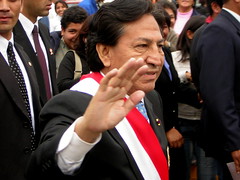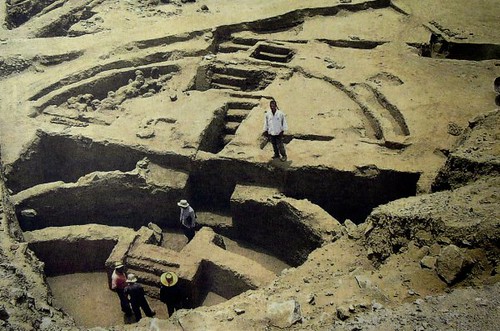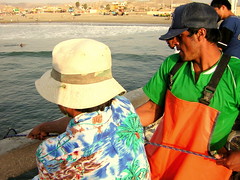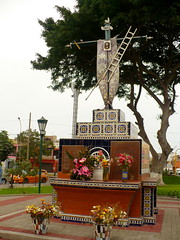World’s largest tropical glacier to disappear in less than 10 years
The Quelccaya ice field is some 5,500 metres above sea level and 44 kilometres in length extending up the Vilcanota cordillera in Cusco, making it the largest in the tropics. Unfortunately it won’t exist for much longer.
This year Quelccaya will have shrunk by half, and data recorded from the site suggests it will disappear altogether in less than 10 years, following in the footsteps of many of Peru’s once hulking ice fields. José Macharé Ordóñes, PHD in earth sciences and climate change specialist for the Geological Society of Peru made the announcement, and explained what this meant for the region’s population.
Rain is fairly scarce in the Andes most of the year, providing little water for agriculture. During dry season, the shortfall has always been made up and riverbeds kept wet by melt-water from the glaciers. During wet season the glaciers are replenished by snowfall. However, today we find we have shorter wet seasons and the increased temperatures are forcing glaciers – which can only exist in the tropics because of the cold at high altitudes – to melt many times faster. This means when the glaciers go, so will the arable land and the human population – something devastating for the country’s desert coast where most of the population live.
The government denies the problem, it’s environment minister decrys the “exaggerations” of the science community and works to make it ever more easy for energy companies to enter the country.
After 30 years of study at Qori Kalis, the primary glacier at Quelccaya, researchers have found a steady retreat of 6 metres each year for the first 15 years. For the next 15 the glacier had retreated 60 metres each year. Worryingly, in the last year alone, a retreat of a staggering 150 metres was recorded.
Since 1970, Peru has lost 20% of its ice mass. Some estimates suggest it will loose all within 50 years, others within 25 years.
Tags: cusco, glacier, global warming, qori kalis, quelccaya




![Peruvian food in Buenos Aires [Featured]](http://farm4.static.flickr.com/3080/2699556824_946f6171a9_m.jpg)





